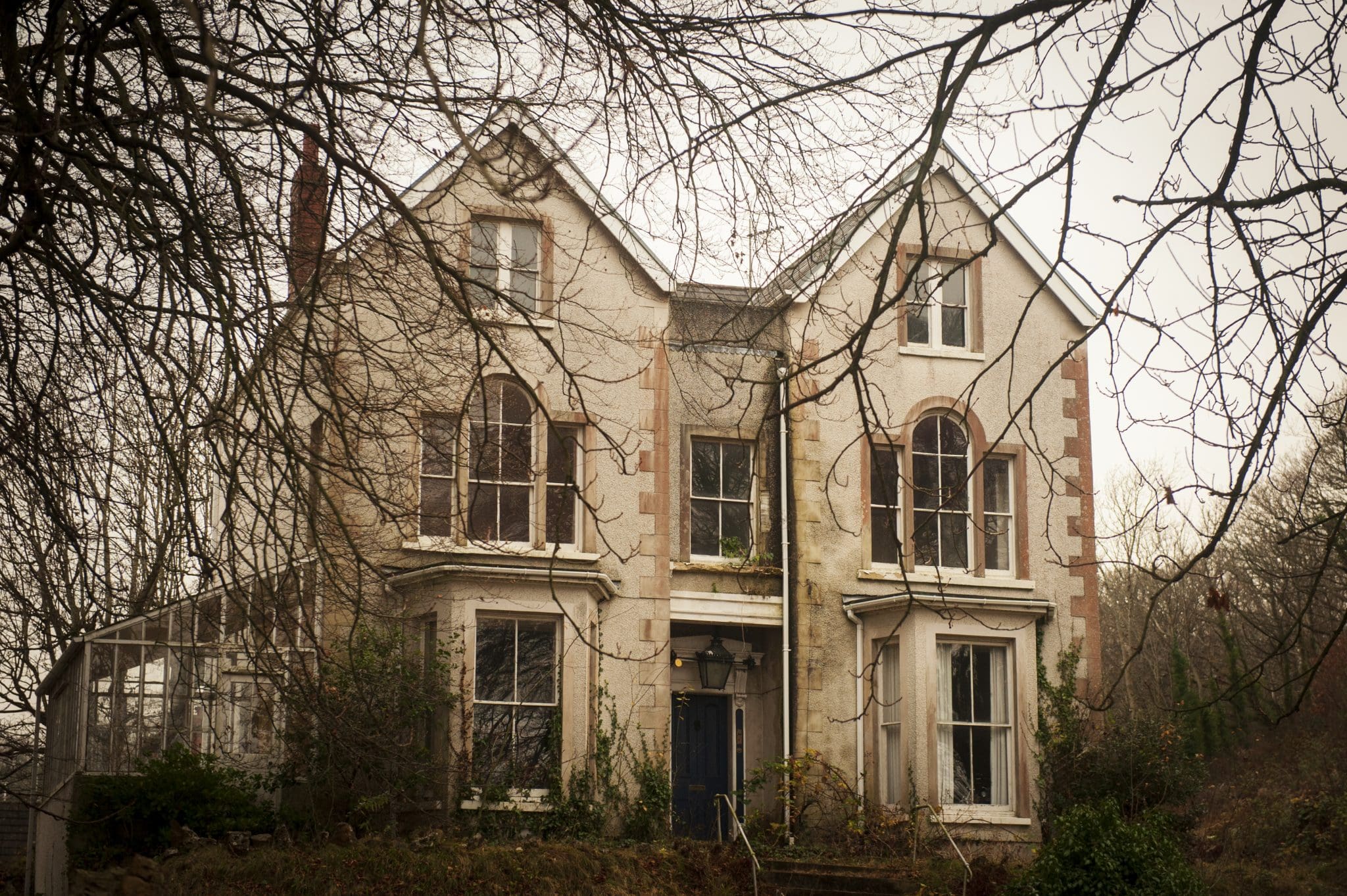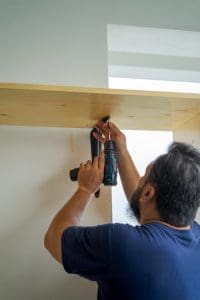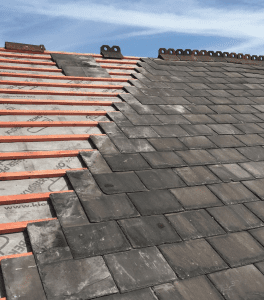Period homes have a timeless charm that modern houses often struggle to replicate. From intricate mouldings and decorative cornices to textured walls and original features, they carry a unique sense of history. However, when it comes to updating the interior, plasterwork is often one of the biggest challenges. Striking the right balance between preserving the home’s character and ensuring the walls are fit for modern living is key.
Why Plaster Matters in Period Homes
Plaster is far more than just a wall covering-it’s a defining feature of a home’s character. Traditional lime plaster, often used in period houses, has very different qualities compared to modern gypsum plaster. Lime plaster is breathable, flexible, and suited to older buildings that “move” with temperature and moisture changes.
Over time, however, plaster in period homes can crack, crumble, or detach from the walls. This leaves homeowners with an important choice: repair and restore, or replace with modern alternatives?
Common Plaster Problems in Older Properties
If you live in a Victorian, Edwardian, Georgian, or even older property, chances are you’ve encountered some of these plaster issues:
- Cracking – caused by natural movement in the building.
- Blown plaster – where sections come away from the wall or ceiling.
- Damp damage – moisture ingress leading to soft or discoloured areas.
- Uneven surfaces – common in homes built without perfectly square walls.
- Loss of detail – ornate cornices or mouldings deteriorating over time.
Understanding these issues is the first step towards choosing the right plastering solution.
Choosing Between Lime and Gypsum Plaster
One of the biggest decisions homeowners face is whether to stick with traditional lime plaster or switch to modern gypsum. Both have their pros and cons.
Lime Plaster
- Pros: Breathable, flexible, sympathetic to older structures, helps regulate moisture.
- Cons: More expensive, requires specialist skills, longer drying time.
Gypsum Plaster
- Pros: Quick to apply, cost-effective, smooth finish, ideal for modern decoration.
- Cons: Less breathable, not always suitable for damp or moving walls.
For listed buildings or heritage homes, lime plaster is often recommended to preserve authenticity. However, in some cases, gypsum can be used in less sensitive areas where breathability isn’t a concern.
Restoring Original Features
Many period homes feature decorative plasterwork such as ceiling roses, coving, or intricate mouldings. These details can easily be lost during renovations if not handled carefully.
At 3D Construction, we often recommend:
- Repairing rather than replacing original mouldings wherever possible.
- Using specialist plaster casts to replicate damaged sections.
- Blending new plaster seamlessly with existing decorative work.
This ensures that the home’s character remains intact while still benefiting from a refreshed, durable surface.
The Role of Skimming in Period Homes
Skimming is a popular option for homeowners who want a flawless finish without removing old plaster completely. A thin coat of plaster is applied over existing surfaces, creating a smooth base for paint or wallpaper.
Skimming works well in period homes when:
- The original plaster is mostly intact but uneven.
- There are minor cracks or surface imperfections.
- You want to avoid stripping walls back to brick.
However, if the old plaster is blown or heavily damaged, skimming won’t solve the underlying issues and full re-plastering may be required.
Plastering and Damp Issues in Older Properties
Damp is one of the most common challenges in period homes. Modern plasters can trap moisture, leading to further damage over time. This is why lime plaster is often preferred in areas affected by damp—it allows moisture to escape and helps prevent decay.
Before any plastering work begins, it’s important to identify and fix the root cause of damp, whether that’s poor ventilation, rising damp, or damaged brickwork.
Blending Old and New
When updating a period property, one of the key goals is to modernise without erasing character. Plastering plays a central role in this balance.
Some techniques we use include:
- Mixing finishes – retaining lime plaster in key heritage areas but using gypsum in extensions or less visible spaces.
- Matching textures – replicating the original finish so new plaster blends seamlessly.
- Preserving features – carefully working around fireplaces, alcoves, or mouldings.
This approach allows homeowners to enjoy modern comforts without sacrificing historic charm.
Costs of Plastering in Period Homes
Plastering in a period property is usually more expensive than in a modern home. This is because:
- Specialist materials like lime plaster cost more.
- Skilled craftsmanship is needed to replicate original finishes.
- Restoration often takes longer than new plastering.
On average:
- Lime plastering: £50–£80 per m².
- Gypsum plastering/skimming: £30–£50 per m².
The exact cost depends on the condition of the walls, the size of the property, and whether decorative features need restoration.
Why Professional Plastering Matters for Period Homes
DIY plastering can be tempting, but period homes require a much more delicate approach. Incorrect plastering can lead to:
- Damp being trapped behind walls.
- Original features being lost.
- Surfaces cracking or failing prematurely.
At 3D Construction, we bring both traditional plastering knowledge and modern techniques to every project, ensuring your home’s character is preserved while meeting today’s standards of comfort and durability.
FAQs About Plastering Period Homes
Can you use modern plaster on a listed building?
In most cases, listed buildings require traditional materials such as lime plaster. Always check with your local authority or conservation officer.
How long does lime plaster take to dry?
Lime plaster can take several weeks to dry fully, depending on the thickness and environmental conditions.
Can skimming hide cracks in old plaster?
Yes, but only minor cracks. Major structural cracks or blown plaster need to be repaired before skimming.
Do you need planning permission to replaster a period home?
No, but listed buildings or properties in conservation areas may have restrictions on the type of plaster used.
Final Thoughts
Plastering for period homes is all about balance. By choosing the right materials and techniques, you can refresh tired walls, address structural issues, and create a flawless finish—all while preserving the unique charm that makes your property special.
Whether you need lime plaster restoration, skimming, or a complete re-plaster, working with skilled professionals ensures your home’s character is respected while bringing it up to modern living standards.




